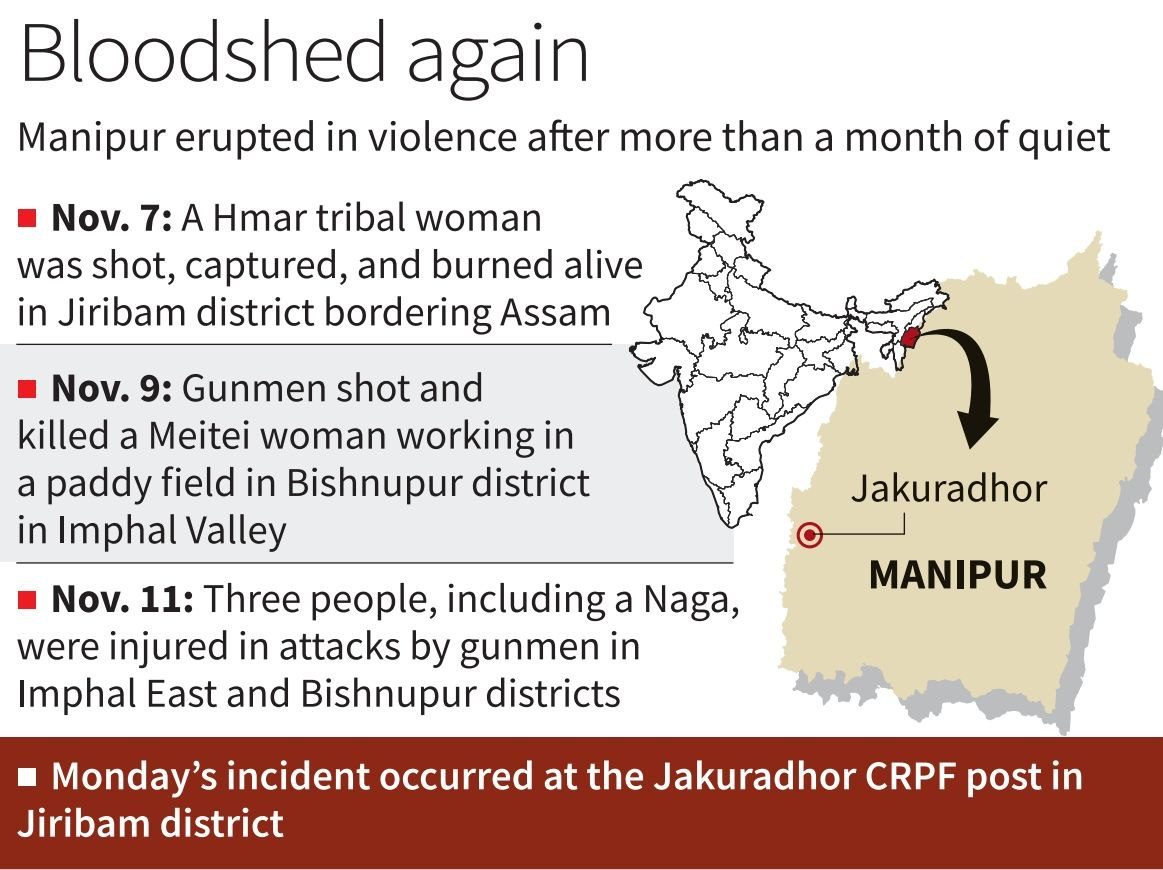1. RBI’s New Framework for Reclassification of FPI to FDI
Key Points:
- New RBI Directive:
- The Reserve Bank of India (RBI) issued guidelines for Foreign Portfolio Investors (FPIs) whose equity holdings exceed prescribed limits.
- FPIs must obtain government approvals and investee company concurrence when reclassifying their holdings from FPI to Foreign Direct Investment (FDI).
- FEM (NDI) Rules, 2019:
- The Foreign Exchange Management (Non-Debt Instruments) Rules, 2019 prescribe that FPIs can hold less than 10% of the total paid-up equity capital on a fully diluted basis.
- Options for FPIs in Breach:
- FPIs that exceed the 10% limit must either divest their holdings or reclassify them as FDI within five trading days of the trade settlement causing the breach.
- Reclassification Procedure:
- FPIs must obtain necessary approvals from the government, including approvals for land investment, and ensure compliance with FDI conditions.
- This includes entry routes, sectoral caps, pricing guidelines, and other regulatory provisions.
- Conditions for Reclassification:
- Reclassification is not permitted in sectors where FDI is prohibited.
- FPIs must provide copies of approvals and ensure concurrence from the investee company.
- The Custodian will freeze any purchase transactions by the FPI in the equity instruments of the company until the reclassification process is completed.
- Rationale:
The guidelines aim to maintain compliance with FDI norms and ensure regulatory oversight in cases where FPI holdings breach the prescribed limit.
2. Justice Sanjiv Khanna's Appointment as the 51st Chief Justice of India
Key Highlights
- Appointment and Oath:
- Justice Sanjiv Khanna was sworn in as the 51st Chief Justice of India (CJI) by President Droupadi Murmu.
- He succeeded Justice D.Y. Chandrachud and will serve a six-month tenure until May 13, 2025.
- Priorities as CJI:
- Focus on trial reforms to improve the efficiency and accessibility of the judicial system.
- Promotion of mediation and alternative dispute resolution mechanisms to reduce litigation duration.
- Simplification of complex legal procedures for better comprehensibility to citizens.
- Speedy resolution of criminal cases through measures such as:
- Focused case management.
- Reduction of trial duration.
- Ensuring equal justice for all citizens, irrespective of status, wealth, or power.
- Core Vision:
- Emphasized the judiciary’s role as a “protector of citizens’ rights and dispute resolver.”
- Recognized the judiciary as the “third wing of democracy” with a duty to uphold constitutional values and protect fundamental rights.
- Legacy and Background:
- Justice Sanjiv Khanna’s judicial philosophy draws inspiration from his uncle, Justice H.R. Khanna, who is remembered for defending personal liberties during the Emergency period in 1977.
- Justice H.R. Khanna’s dissent against draconian measures during that time highlighted the judiciary’s role in safeguarding democracy.
- Key Challenges and Vision for Reform:
- Reducing the backlog of pending cases and making litigation affordable and accessible.
Enhancing judicial accountability and the quality of justice delivered.
3. COP-29 and Climate Talks in Azerbaijan
Key Highlights of the Article
- Conference Overview:
- The 29th Conference of the Parties (COP-29) commenced in Baku, Azerbaijan.
- It focuses on addressing the urgent challenges of global warming and fulfilling the Paris Climate Agreement
- UN Warnings:
- The UN’s World Meteorological Organization (WMO) report highlights:
- 2024 is on track to break temperature records.
- The period from 2015 to 2024 will likely be the warmest decade ever recorded.
- Current global warming is approximately 3°C higher than the pre-industrial average.
- The current year is 54°C hotter, compared to 1.45°C a year ago.
- The UN’s World Meteorological Organization (WMO) report highlights:
- Challenges at COP-29:
- Dubbed as a “finance COP”, the key agenda revolves around:
- Climate financing: Determining how funds will be mobilized, who will pay, and the distribution mechanisms.
- Addressing climate adaptation, mitigation, and loss and damage.
- Strained climate diplomacy due to political and economic uncertainties.
- Dubbed as a “finance COP”, the key agenda revolves around:
- US Political Impact:
- Re-election of Donald Trump as U.S. President-elect raises concerns over the future of climate commitments.
- During his first term, Mr. Trump withdrew the U.S. from the 2015 Paris Agreement, a move later reversed by President Joe Biden.
- The U.S., as the world’s largest economy, plays a pivotal role in climate negotiations and funding.
- Global Climate Goals in Peril:
- UN warns that achieving the Paris Agreement target of limiting global warming to 5°C above pre-industrial levels is at risk.
Urgency for global cooperation on climate action to prevent catastrophic impacts.
5. Kayakalp Scheme:
It is an initiative launched by the Ministry of Health and Family Welfare (MoHFW) on May 15, 2015, under Swachh Bharat Abhiyan to promote cleanliness and enhance the quality of healthcare facilities in India.
Objectives:
- To promote cleanliness, hygiene, infection control, and environment-friendly practices in Public Health Facilities (PHFs).
- To incentivise and recognise PHFs that show exemplary performance in adhering to standard cleanliness and infection control protocols.
- To inculcate a culture of ongoing assessment and peer review of performance related to hygiene, cleanliness, and sanitation.
- To create and share sustainable practices related to improved cleanliness in PHFs linked to positive health outcomes.
The Kayakalp assessment is a three-tier process involving internal, peer, and external assessment. At the beginning of each financial year, a health facility is assessed, scored, and documented using the pre-defined assessment tool.
The parameters on which the performance of the facility would be judged are as follows:
- Hospital/Facility Upkeep
- Sanitation and Hygiene
- Waste Management
- Infection Control
- Support Services
- Hygiene Promotion
To appreciate the hard work and dedication of the healthcare centres, five awards are provided under this scheme:
- Two best district hospitals.
- Two best community health centres or sub-district hospitals
- One primary health centre in every district.
Cash awards and citations are provided to the winners judged by the set criteria.


